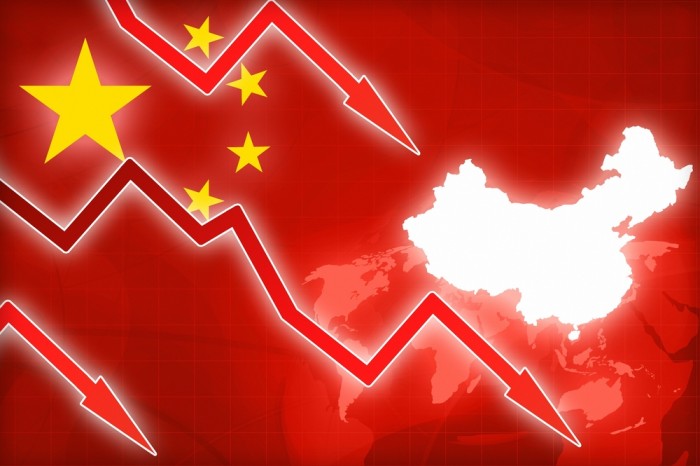
Wall Street may go cuckoo for cocos.
In the wake of a run, not on banks, but on bank stocks, there’s been a growing concern by investors over exotic financing arrangements that may spell trouble in the wings.
Lest you forget — exotic financing structures led to a little thing called the financial crisis and the Great Recession not all that long ago.
So, here’s a concept to be reintroduced to the investing world, and not altogether welcome: contingent convertibles.
The Wall Street Journal noted that there’s been “a staggering loss of confidence in banks” that has extended globally. The selloff has snared contingent convertible bonds, which is the long way of saying coco, and that is evidenced by the selloff in an index maintained by Bank of America has gone lower by about 10 percent this year, touching nadirs and standing 10 percent lower year to date.
Enter China, yet again, and newly on this stage – with The WSJ reporting that Bank of China’s cocos are up a percentage point – and that means the prices paid for them have been going lower.
That does not bode well in a country that has issued roughly $60 billion of the instruments in just the past two years.
So we know there’s trouble in coco land. But … what is a coco? They are bonds that are convertible to equity on a “contingent” event that can be tied, for example, to the stock price of a company (a bank for example) crossing some predetermined threshold. The idea is that the conversion helps buffer both equity and debt with a boost to capital levels.
But the way things are going, such conversion and boost to capital levels would be temporary (as equity prices fall, or, rather, free fall). With every investment comes a mindset or rationale justifying that investment – and as The Journal noted, in the case of China, the rationale was, and perhaps continues to be, that the government will continue to backstop investors no matter what. But what if, posited the paper, the government looks to have the cocos act as a buffer in the banking realm? After all, the banks themselves are struggling with loan quality, and no one really knows just how bad things are or will get.
No one really trusts the reported 1.6 percent tally of nonperforming loans to total loans, figuring that the real number is leagues higher. In that scenario, capital cushions can evaporate in an instant, with the danger point at capital ratios falling below 5.2 percent (half of where they are now). In that event, cocos get triggered, possibly to the detriment of all involved. One quick writedown, broad and brutal, could have a chain effect across banks globally. So though the stick euphoria of early this week centers on the lack of real concern (for a day) of deflation, beware of time bombs hidden deep within the financial system.